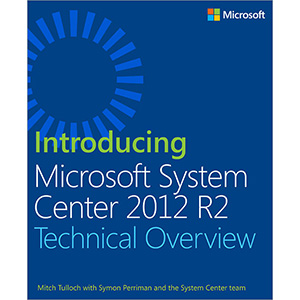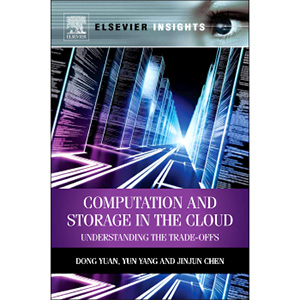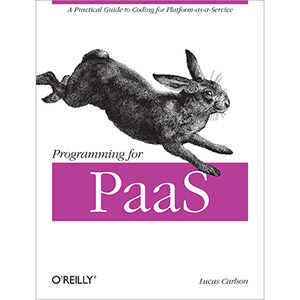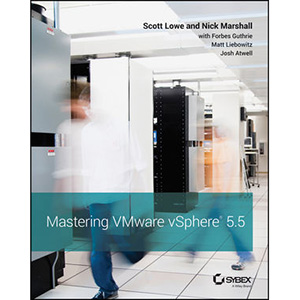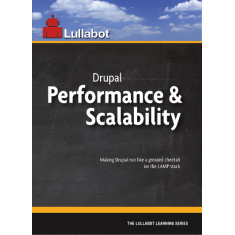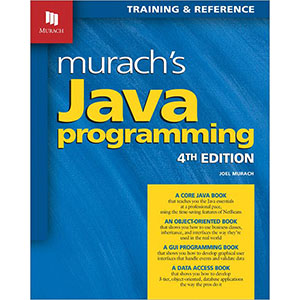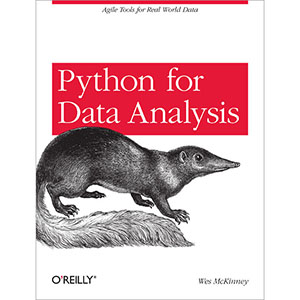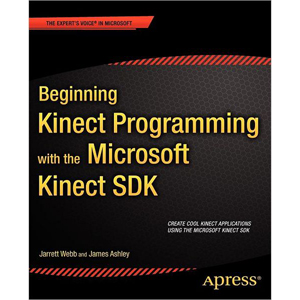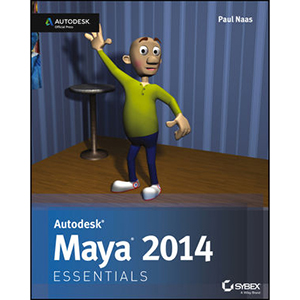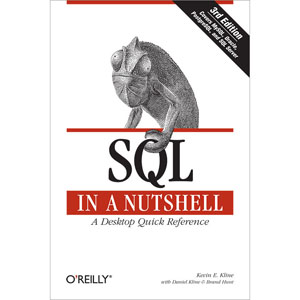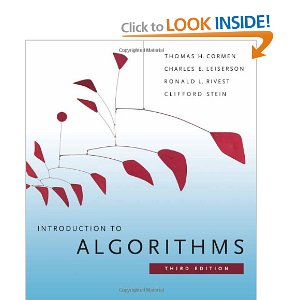Cloud Computing Principles and Paradigms
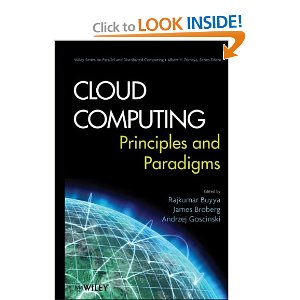
The primary purpose of this book is to capture the state-of-the-art in Cloud Computing technologies and applications. The book will also aim to identify potential research directions and technologies that will facilitate creation a global market-place of cloud computing services supporting scientific, industrial, business, and consumer applications. We expect the book to serve as a reference for larger audience such as systems architects, practitioners, developers, new researchers and graduate level students. This area of research is relatively recent, and as such has no existing reference book that addresses it.This book will be a timely contribution to a field that is gaining considerable research interest, momentum, and is expected to be of increasing interest to commercial developers. The book is targeted for professional computer science developers and graduate students especially at Masters level. As Cloud Computing is recognized as one of the top five emerging technologies that will have a major impact on the quality of science and society over the next 20 years, its knowledge will help position our readers at the forefront of the field.
From the Back Cover
Captures the state of the art in cloud computing technologies and applications
The latest topic of discussion in the information and communication industry, cloud computing is a top emerging technology that will have a major impact on the quality of science and society over the next two decades. This book fully explains this new, popular paradigm while identifying potential research directions that will facilitate the creation of a global marketplace of cloud computing services supporting scientific, industrial, business, and consumer applications.
While cloud services have reduced the cost of computation, application hosting, and content storage and delivery, there is significant complexity involved in ensuring that applications, services, and data can scale as needed to achieve consistent and reliable operation under peak loads. This book allows the reader to understand the mechanisms needed to successfully harness cloud computing, providing real-world case studies of numerous existing computing, storage, and application cloud services and illustrating the capabilities and limitations of current providers of cloud computing services.
Featuring chapters authored by several leading experts in the field, Cloud Computing:
- Presents the fundamental concepts of cloud computing, charting evolution from mainframe, cluster, grid, and utility computing
- Covers Infrastructure as a Service (IaaS), from enabling technologies such as virtual machines and virtualized storage to sophisticated mechanisms for securely storing data in the cloud and managing virtual clusters
- Introduces Platform and Software as a Service (PaaS/SaaS), detailing the delivery of cloud-hosted software and applications
- Addresses monitoring and management mechanisms for cloud computing
- Details novel applications made possible by the rapid emergence of cloud computing resources and best practices for architecting cloud applications
- Outlines the organizational, structural, regulatory, and legal issues commonly encountered in cloud computing environments
Including examples that illustrate problems and references for each chapter, Cloud Computing is an ideal reference for systems architects, practitioners, developers, new researchers, and graduate-level students. It can be taught in its own right to coursework masters students, or it can be used as part of general cloud and distributed computing-related courses.
Book Details
- Hardcover: 664 pages
- Publisher: Wiley (March, 2011)
- Language: English
- ISBN-10: 0470887990
- ISBN-13: 978-0470887998
